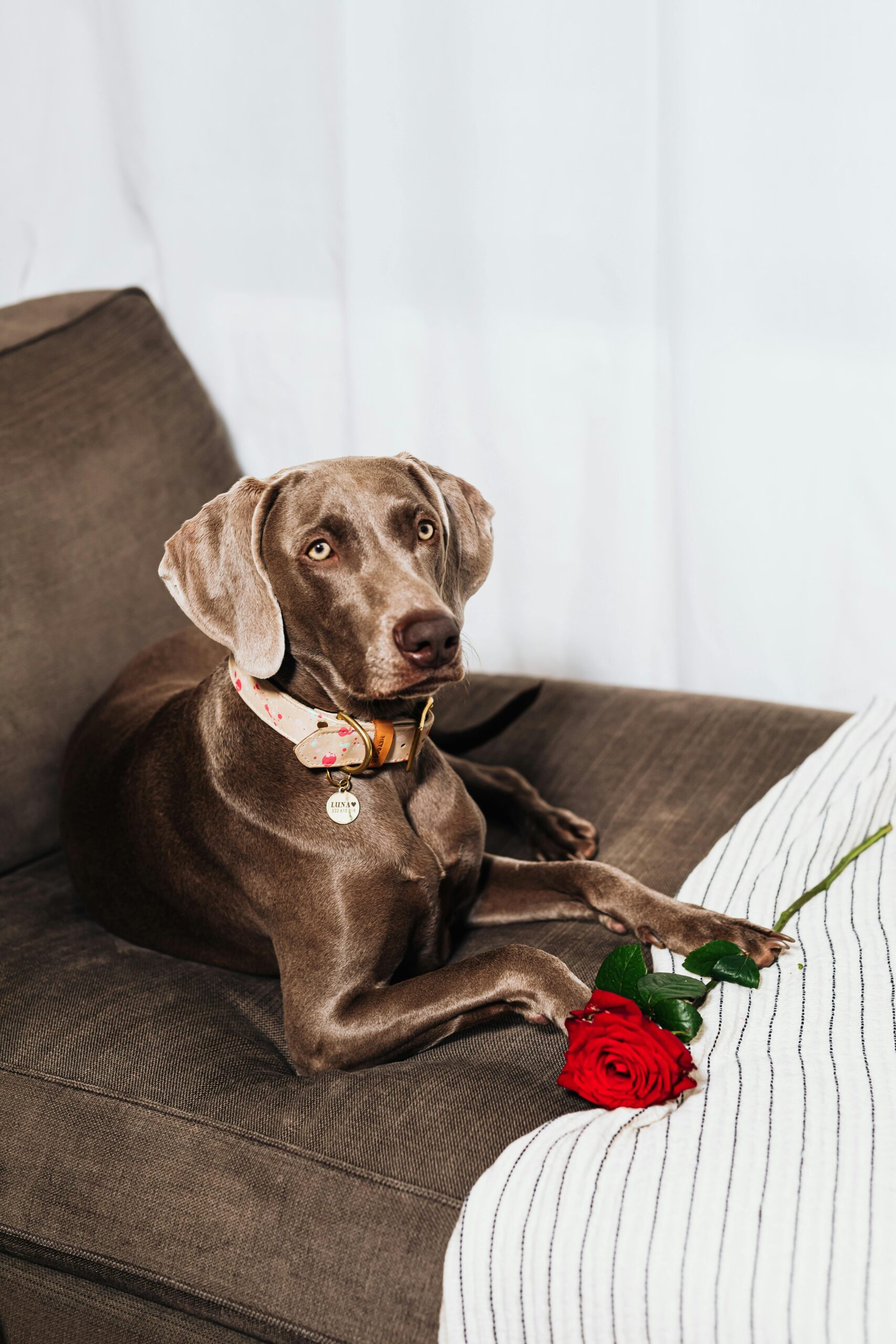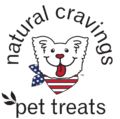Valentine’s Day is a time for love, romance, and of course, sweet treats. But while you may enjoy indulging in chocolates, candy hearts, and other festive treats, these sugary delights pose serious health risks to dogs and cats. As a responsible pet parent, understanding the dangers of Valentine’s candy for pets can help you keep your furry friends safe.

Why Valentine’s Candy is Dangerous for Pets
Many Valentine’s Day sweets contain toxic ingredients that can lead to severe illness or even death in pets. The most common dangers include chocolate toxicity, xylitol poisoning, gastrointestinal blockages, and pancreatitis.
1. Chocolate Toxicity in Dogs and Cats
Chocolate is toxic to both dogs and cats, but dogs are more likely to ingest it due to their love for food. Chocolate contains theobromine and caffeine, both of which are stimulants that pets metabolize slowly, leading to dangerous side effects.
Symptoms of Chocolate Poisoning in Pets:
- Vomiting
- Diarrhea
- Restlessness
- Rapid heart rate
- Tremors
- Seizures
- Death in severe cases
Dark chocolate and baking chocolate are the most toxic, but even milk chocolate and white chocolate can cause illness if eaten in large amounts. If your pet eats chocolate, contact your veterinarian immediately.
2. Xylitol Poisoning: A Hidden Danger in Sugar-Free Candies
Many sugar-free candies, gum, and baked goods contain xylitol, an artificial sweetener that is extremely toxic to dogs. Even a small amount of xylitol can cause rapid insulin release, leading to hypoglycemia (low blood sugar), seizures, liver failure, or death.
Signs of Xylitol Poisoning in Dogs:
- Vomiting
- Weakness
- Loss of coordination
- Seizures
- Coma
Cats are less likely to consume xylitol-containing products, but it’s still best to keep all sugar-free candies far away from pets.
3. Candy Wrappers and Foil: A Choking Hazard
Plastic and foil wrappers from chocolates and candies may seem harmless, but they can pose a serious choking hazard or cause intestinal blockages if swallowed.
Signs of a Gastrointestinal Obstruction in Pets:
- Vomiting
- Loss of appetite
- Abdominal pain
- Lethargy
- Straining to defecate or inability to pass stool
If your pet swallows candy wrappers, contact your vet right away, as surgery may be needed to remove the blockage.
4. High Sugar and Fat Content Can Lead to Pancreatitis
Even if a candy isn’t toxic, the high sugar and fat content found in chocolates, caramels, and other rich treats can cause pancreatitis, a painful and life-threatening inflammation of the pancreas.
Symptoms of Pancreatitis in Pets:
- Severe vomiting
- Abdominal pain
- Loss of appetite
- Lethargy
- Fever
Dogs are especially prone to dietary indiscretion, meaning they’ll eat whatever they find. This puts them at higher risk for pancreatitis, which can lead to long-term health complications or require hospitalization.
Valentine’s Day and Pet Ownership Statistics
Valentine’s Day is a popular holiday in the U.S., with over $23.9 billion spent on gifts and celebrations in 2022, according to the National Retail Federation (NRF). Pet owners are a significant part of this spending, as 27% of Americans buy Valentine’s gifts for their pets.
According to the American Pet Products Association (APPA), 70% of U.S. households own a pet, which equates to about 90.5 million homes. With so many pets in American households, it’s crucial to raise awareness about the potential dangers Valentine’s Day treats can pose to pets.
A survey by www.Rover.com found that 47% of pet owners include their pets in holiday celebrations, and many may unknowingly expose their pets to dangerous treats. As more people treat their pets like family, ensuring their safety during holidays like Valentine’s Day is more important than ever.
How to Keep Your Pets Safe This Valentine’s Day
1. Keep Candy Out of Reach
Store all chocolates, candy hearts, lollipops, and sugar-free treats in high places where pets can’t reach. Don’t leave candy on tables, counters, or inside purses or backpacks where curious noses might find them.
2. Dispose of Wrappers Properly
Make sure all candy wrappers and packaging are discarded in a secure trash bin to prevent accidental ingestion.
3. Educate Your Family and Guests
Children and guests may unknowingly offer treats to pets. Remind everyone not to feed human sweets to your pets and provide safe alternatives instead.
4. Have Pet-Safe Treats on Hand
Rather than sharing your Valentine’s candy with your pet, offer healthy, pet-friendly treats instead. Natural Cravings USA provides high-quality, single-ingredient dog treats that are both safe and delicious. Try giving your pup a bully stick, collagen chew, or natural beef treat to keep them satisfied.
5. Know the Emergency Contacts
If your pet ingests Valentine’s candy, act fast. Contact your veterinarian, an emergency animal hospital, or the ASPCA Poison Control Center (888-426-4435) for immediate guidance.

Safe Valentine’s Day Treats for Dogs and Cats
Instead of giving your pet harmful sweets, treat them to healthy, all-natural snacks. Here are some safe alternatives:
For Dogs:
- Bully sticks – A long-lasting, high-protein chew
- Collagen chews – Supports joint and skin health
- Beef lung treats – Packed with vitamins and minerals
- Frozen banana slices – A sweet, natural treat
For Cats:
Canned tuna (in water, no salt) – A special protein-rich snack
Freeze-dried chicken or salmon – High in protein and moisture
Catnip-infused toys – A fun alternative to food treats
Final Thoughts
Valentine’s Day should be about celebrating love—and that includes keeping your furry companions safe from harm. Chocolate, xylitol, candy wrappers, and high-fat treats all pose serious risks to dogs and cats. By taking a few simple precautions and offering pet-safe alternatives, you can enjoy a fun and worry-free Valentine’s Day with your beloved pets.
Share This Important Information!
Help other pet parents protect their furry friends by sharing this post on social media. Let’s spread awareness about the dangers of Valentine’s candy for pets and ensure that every dog and cat stays safe during this sweet holiday!

